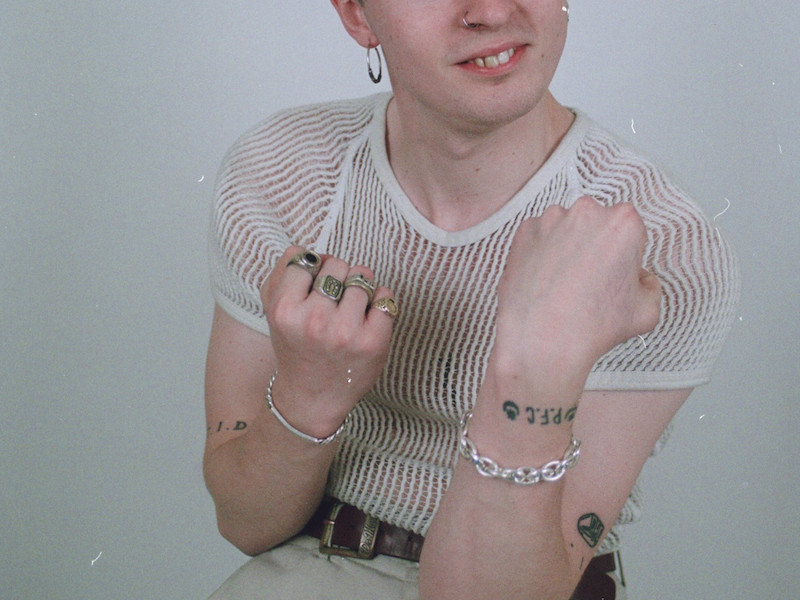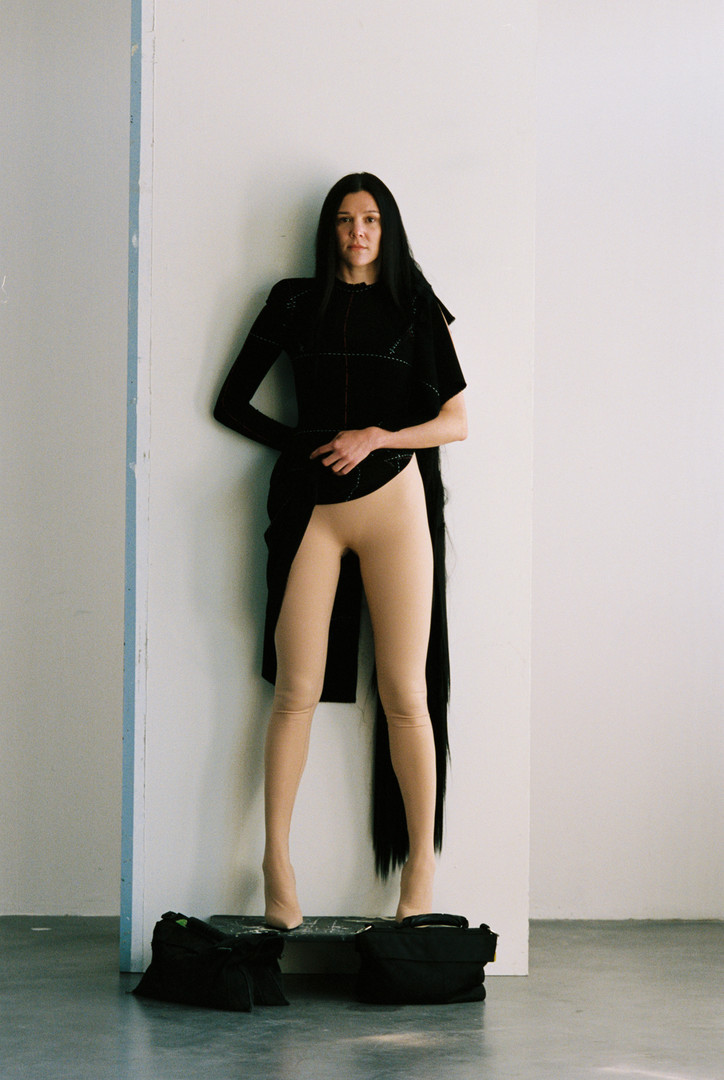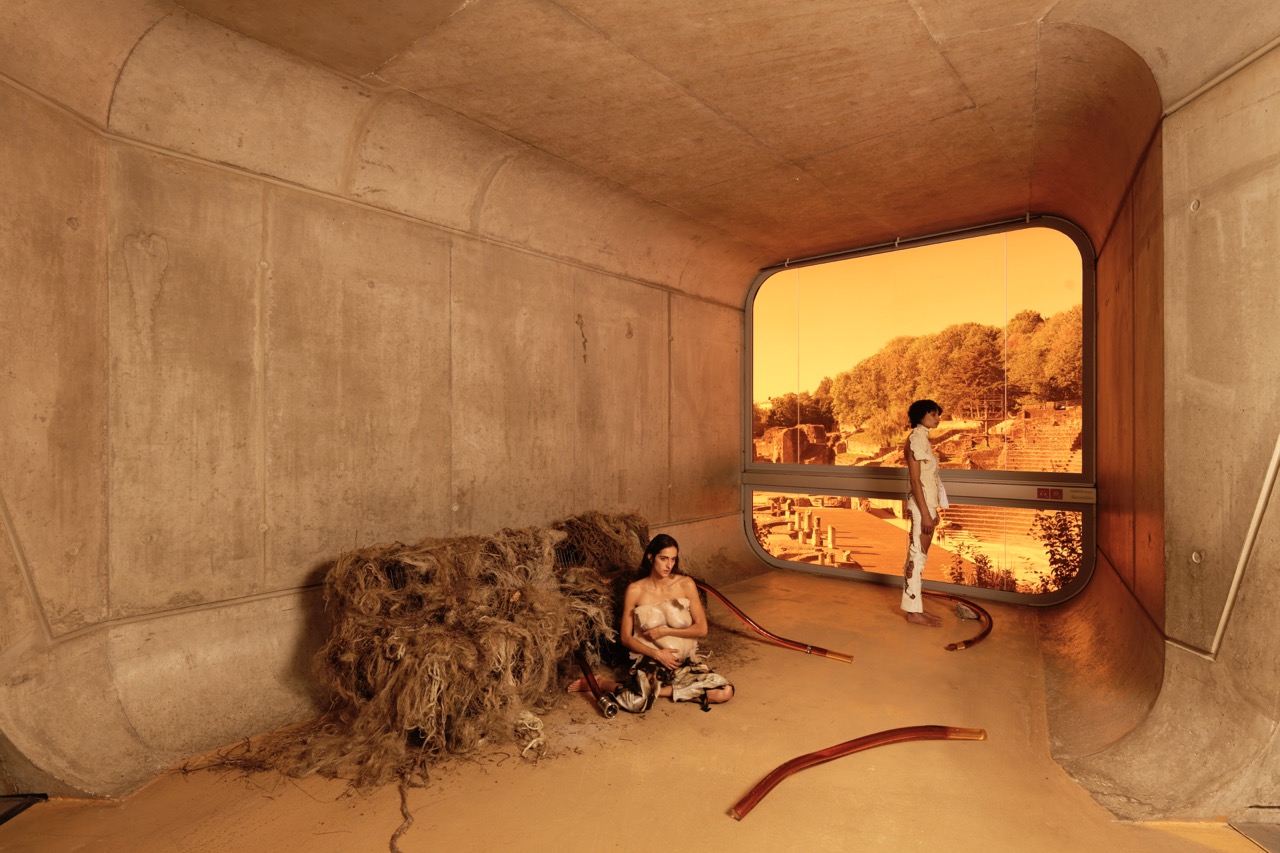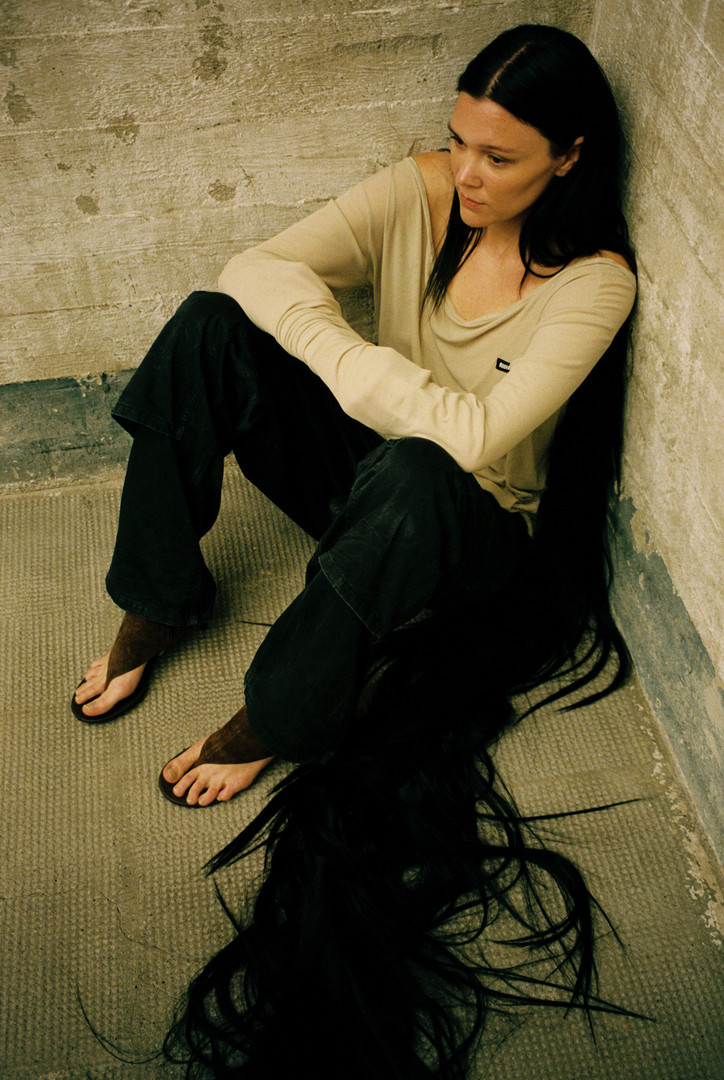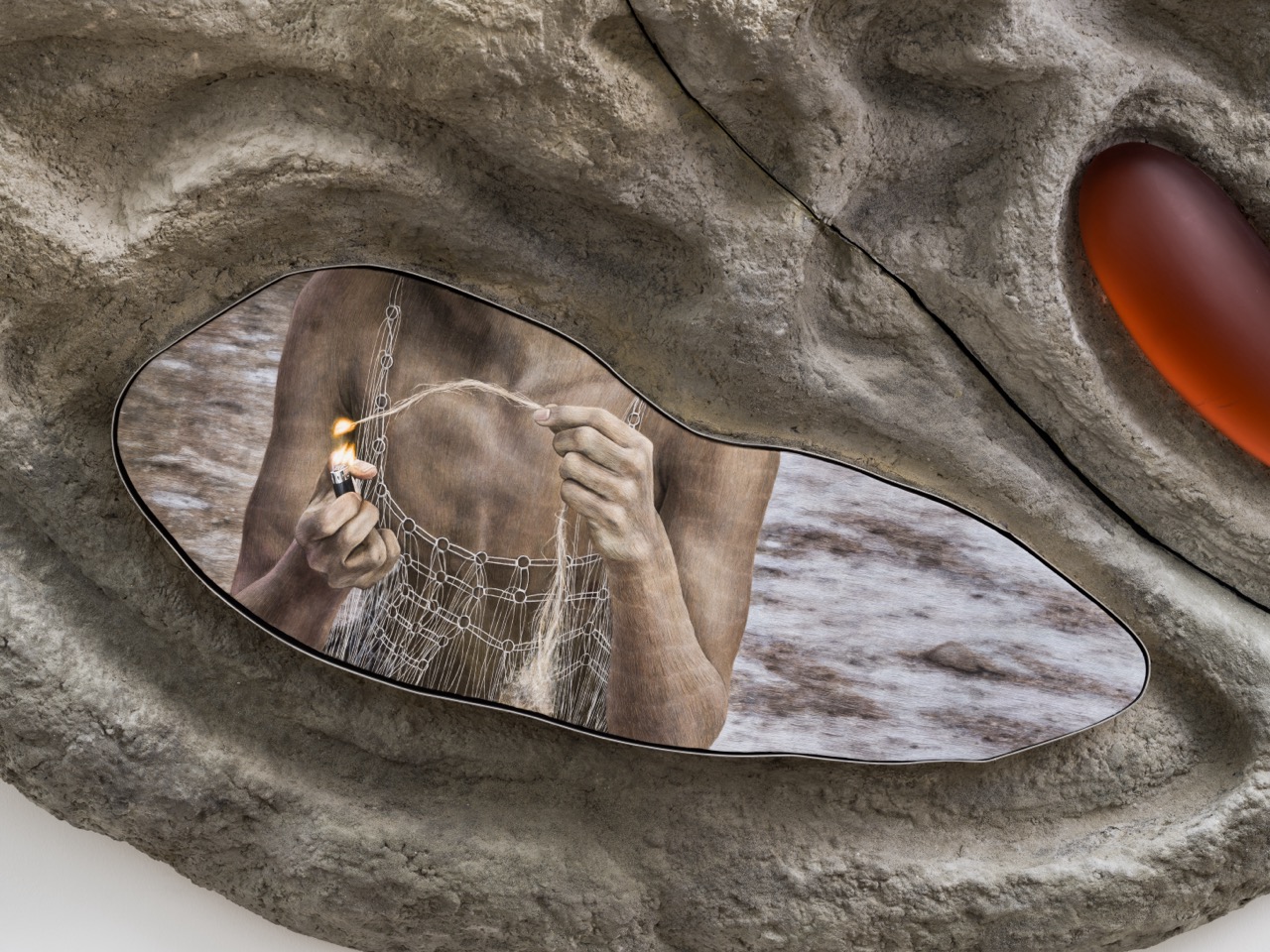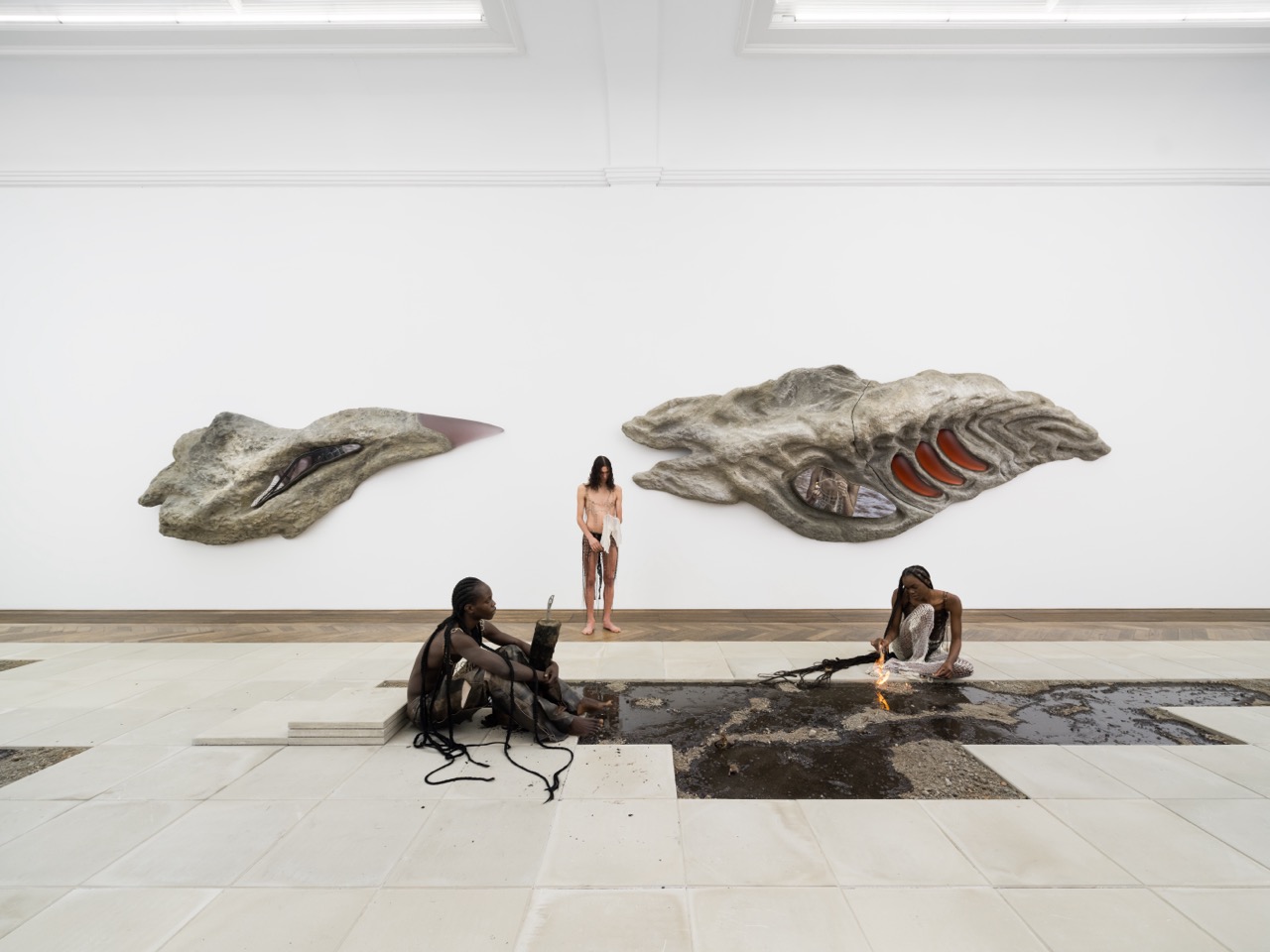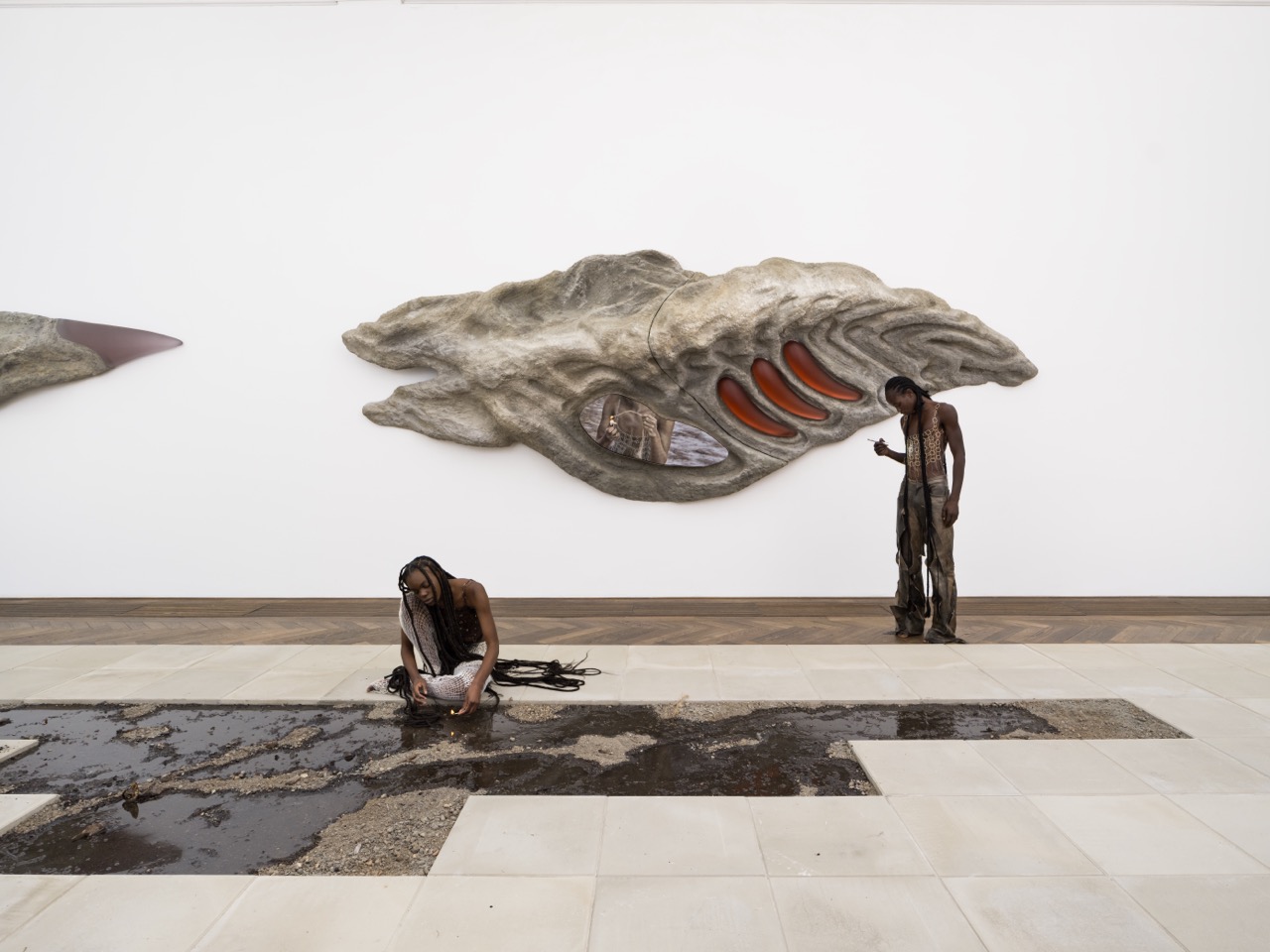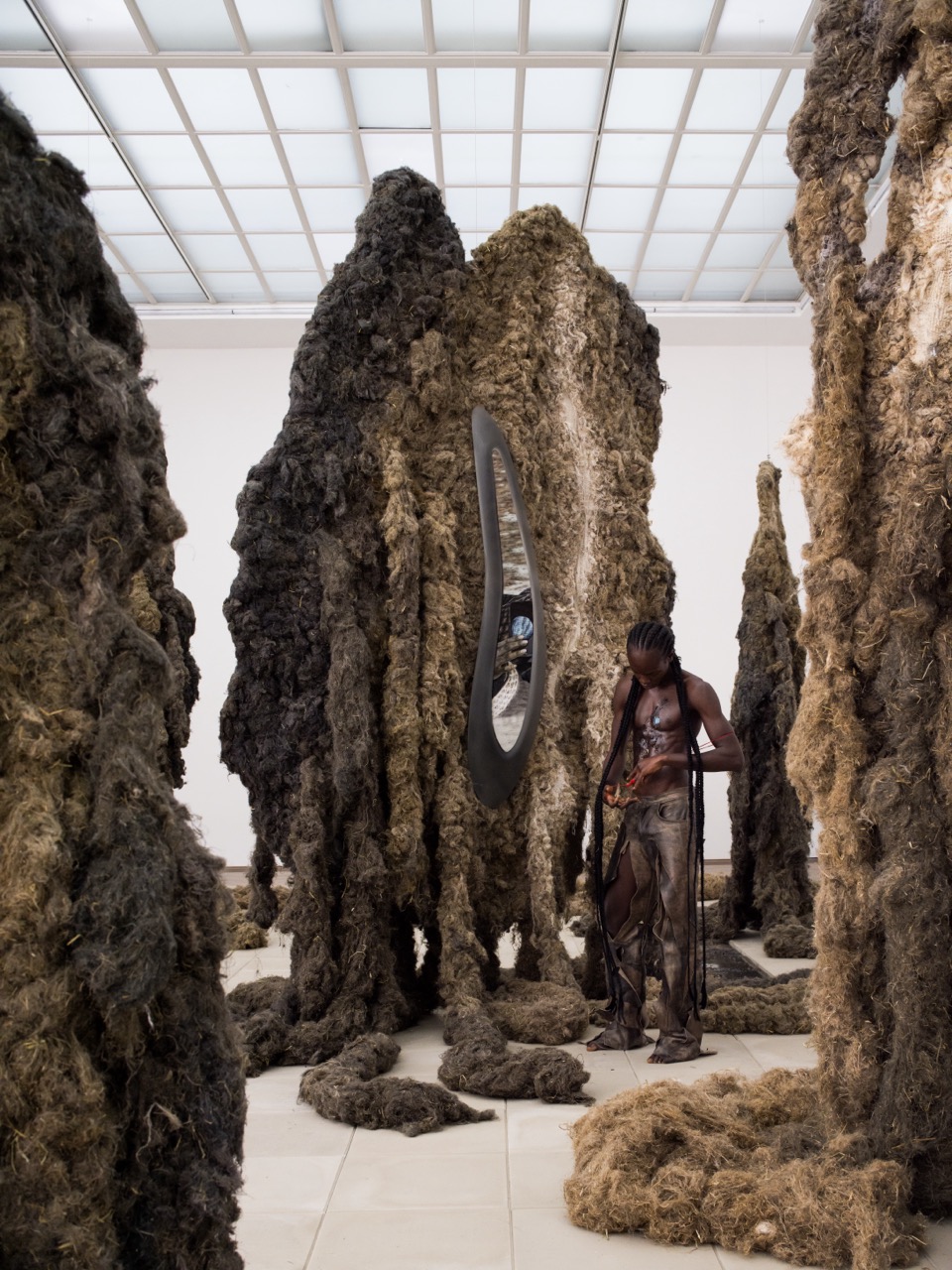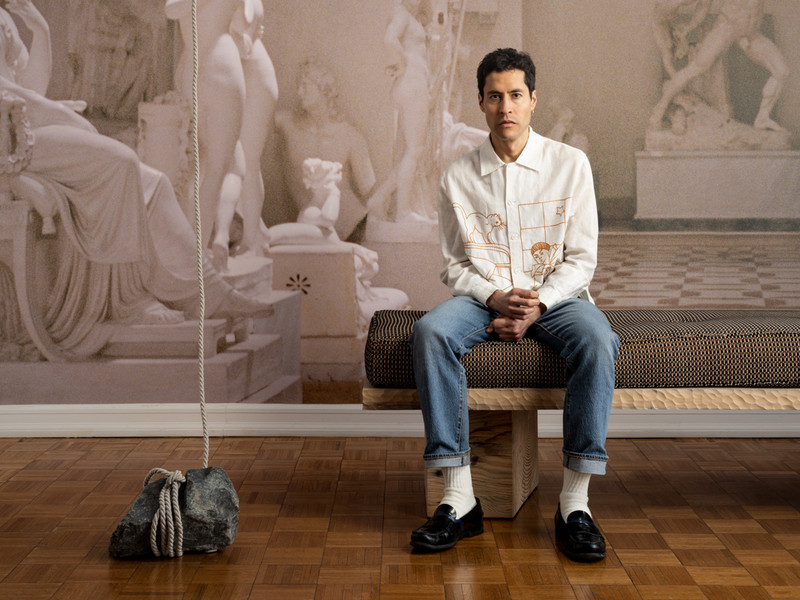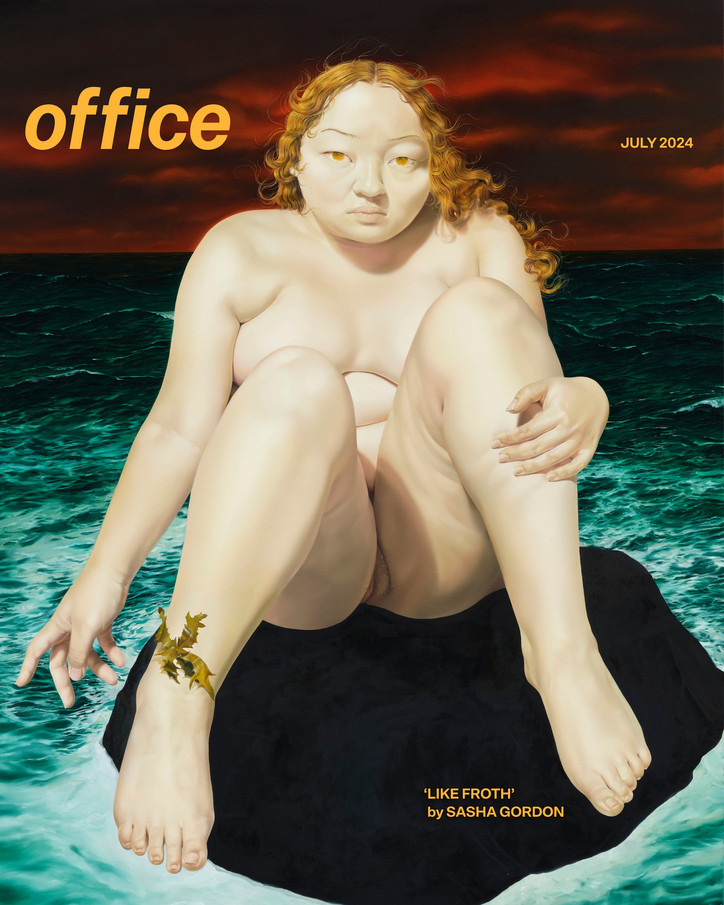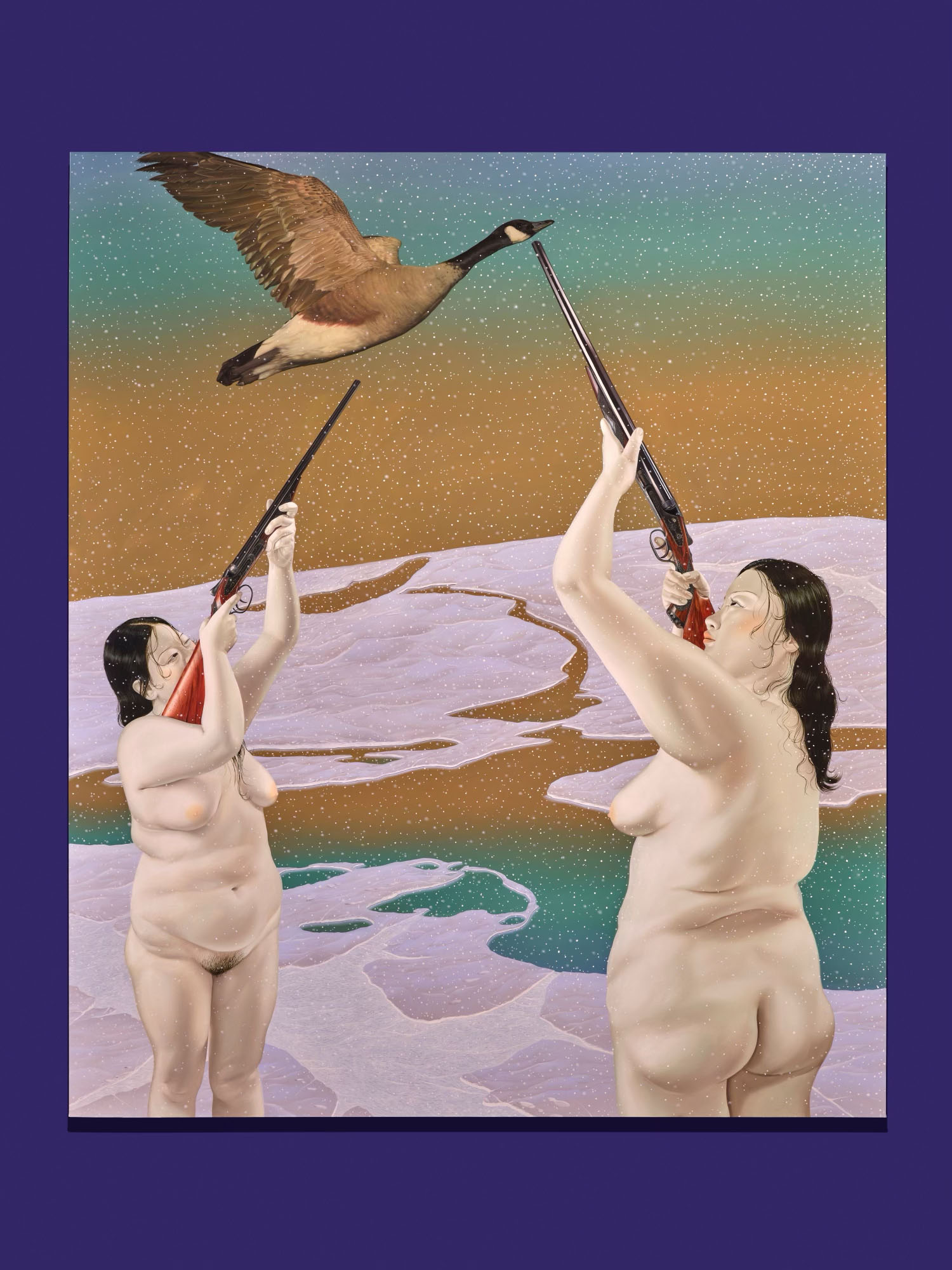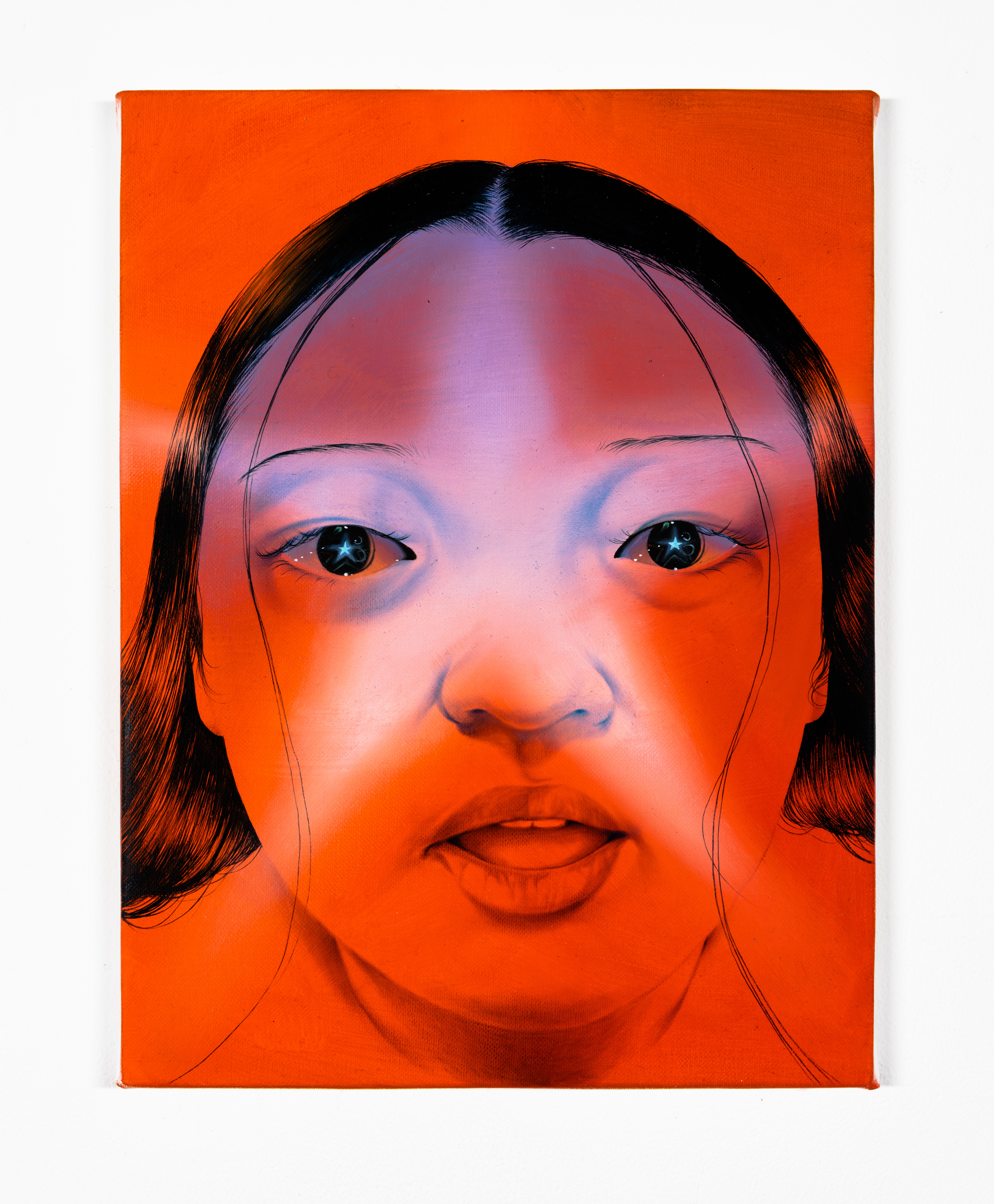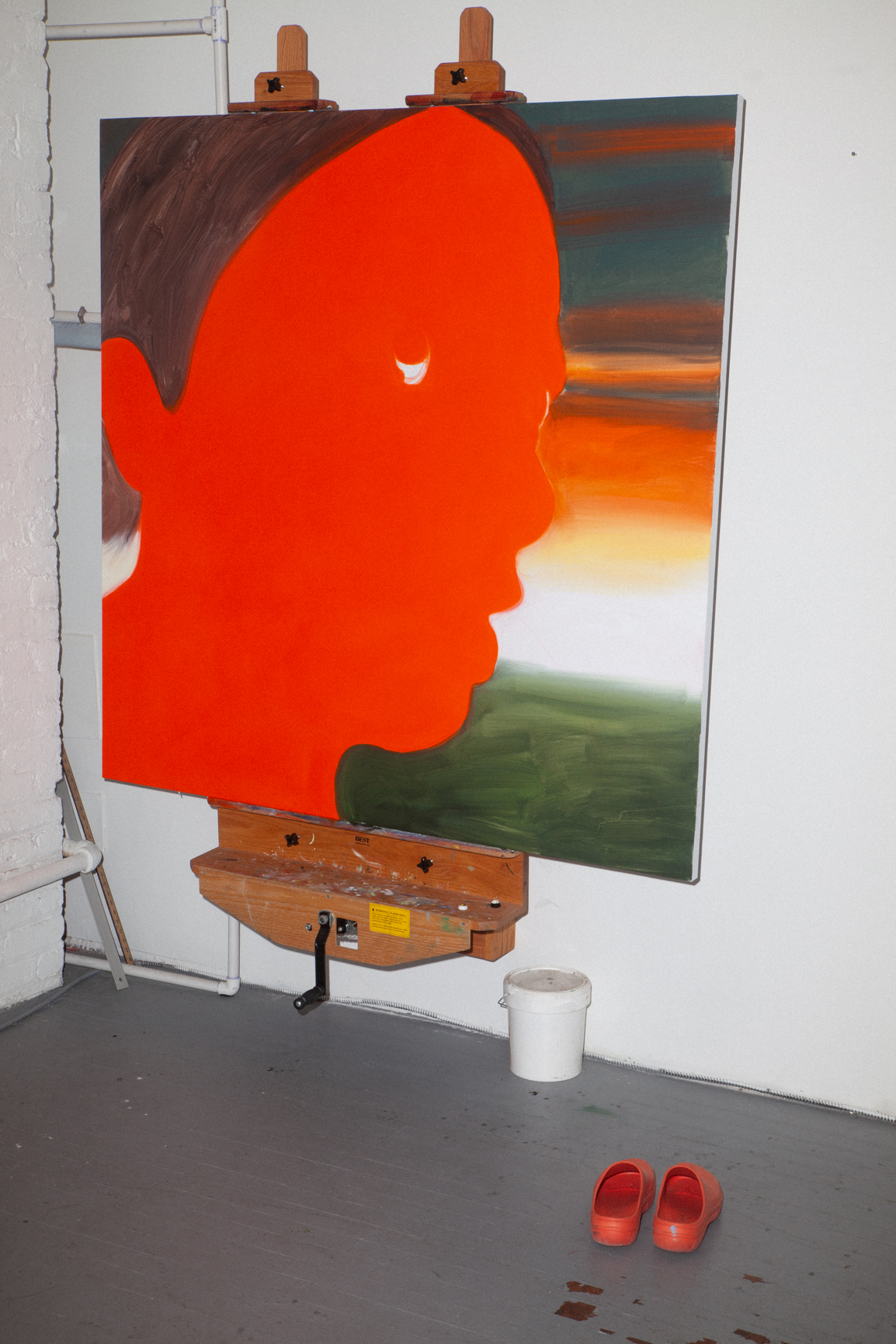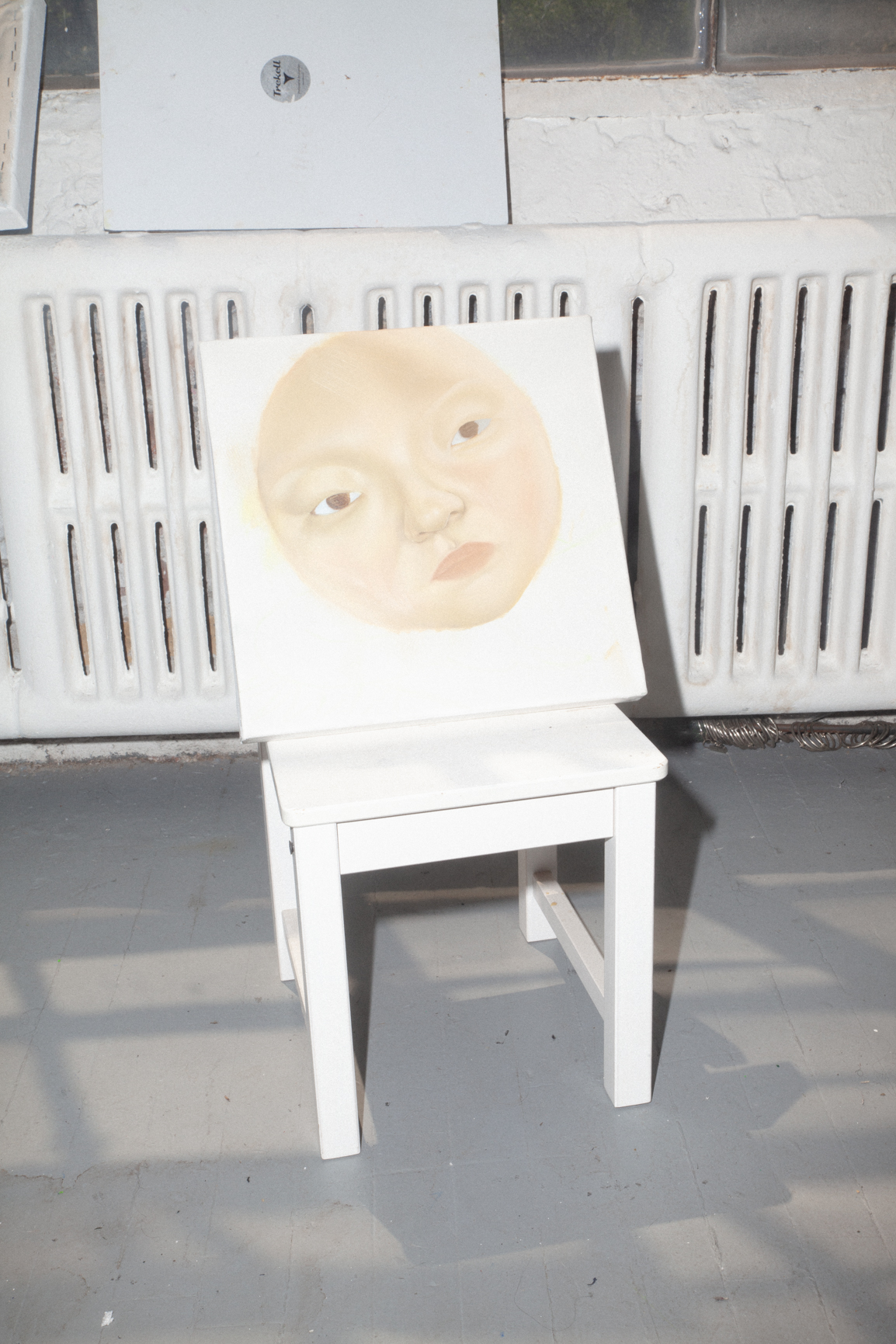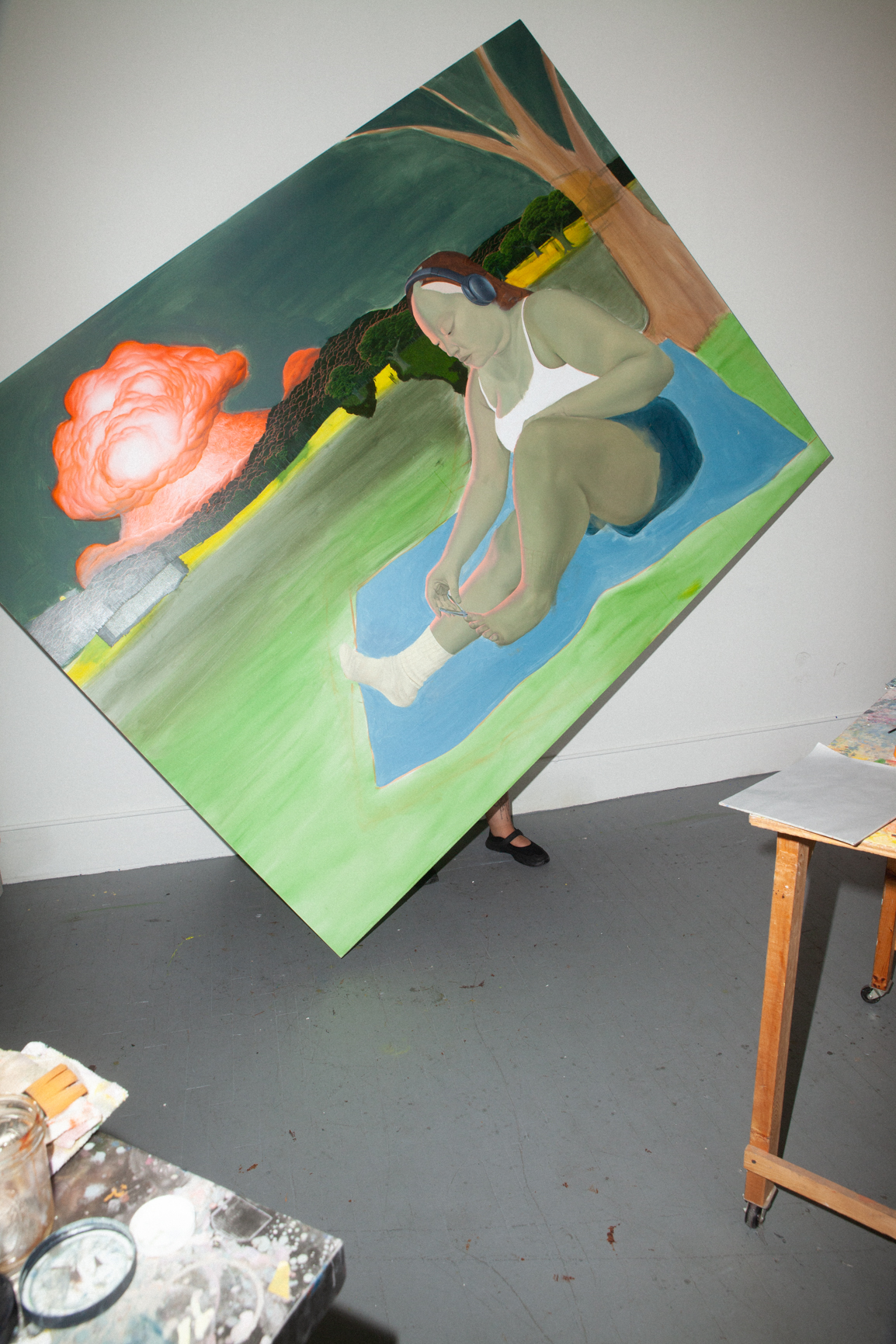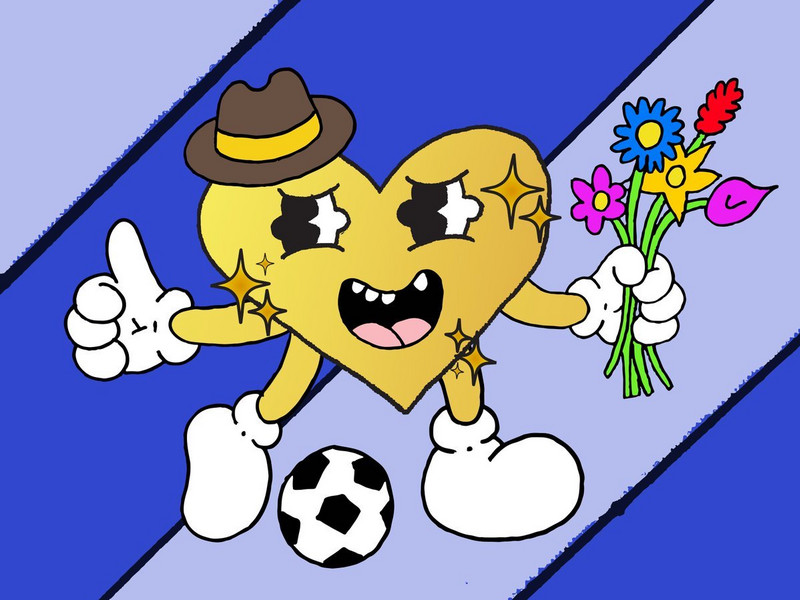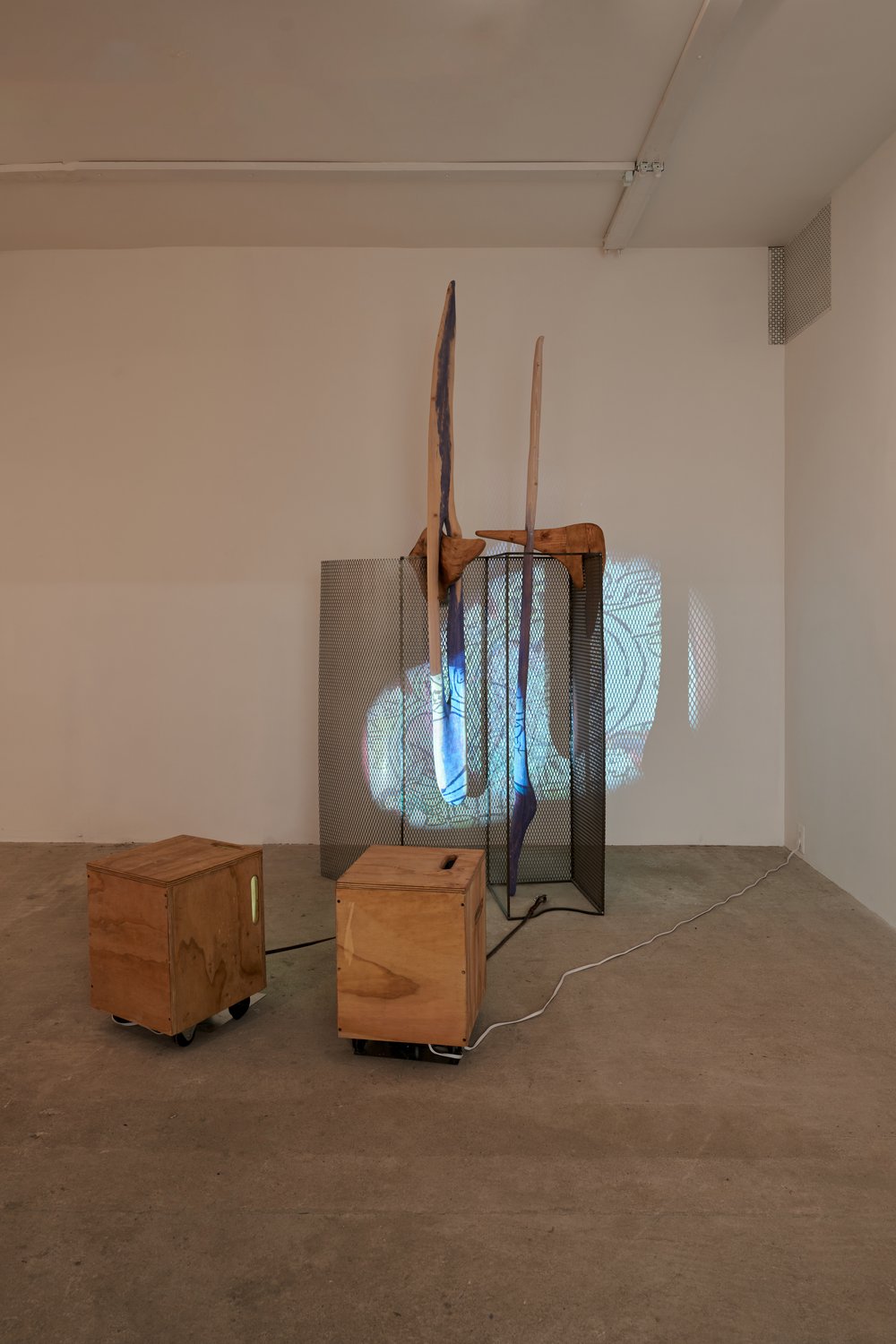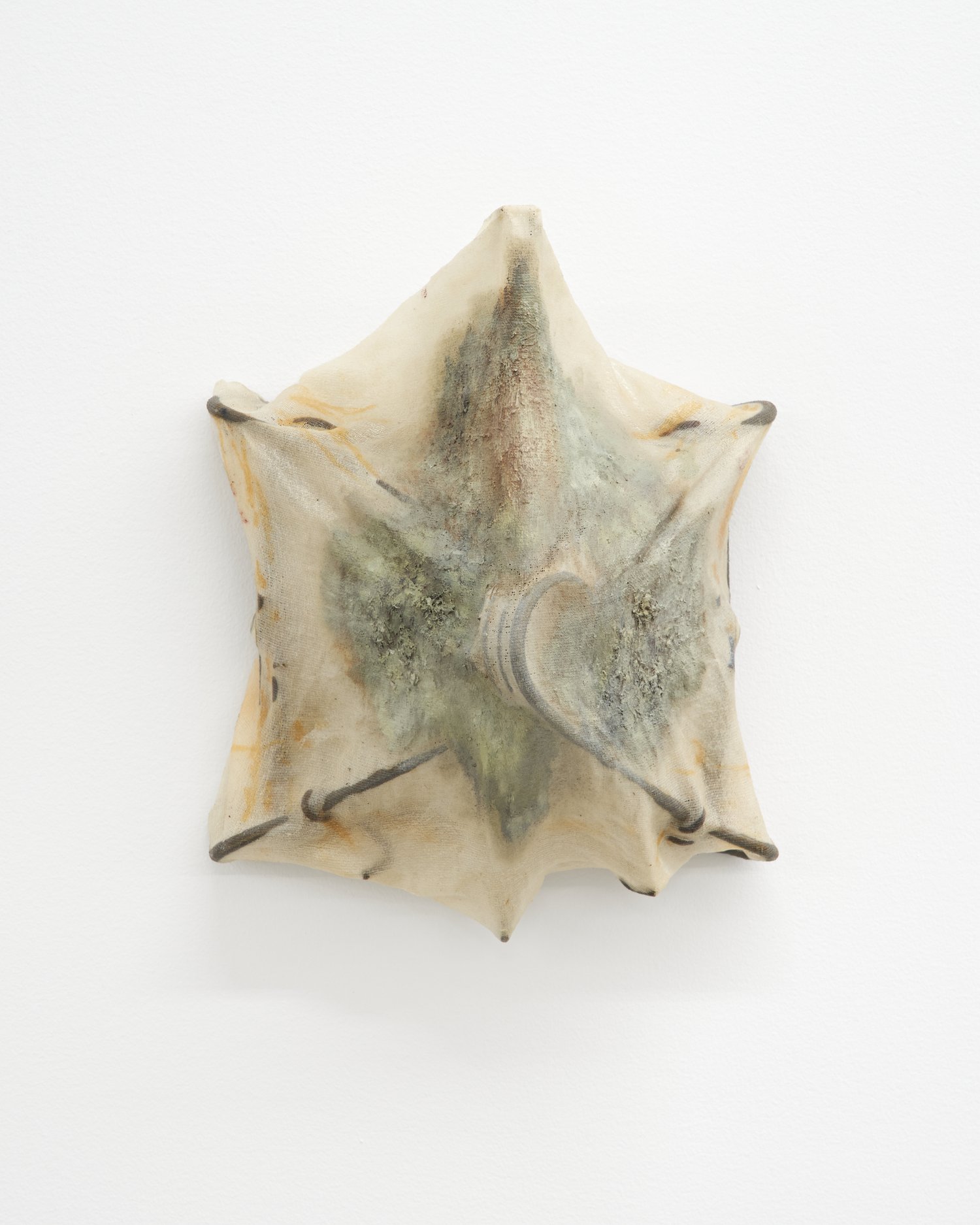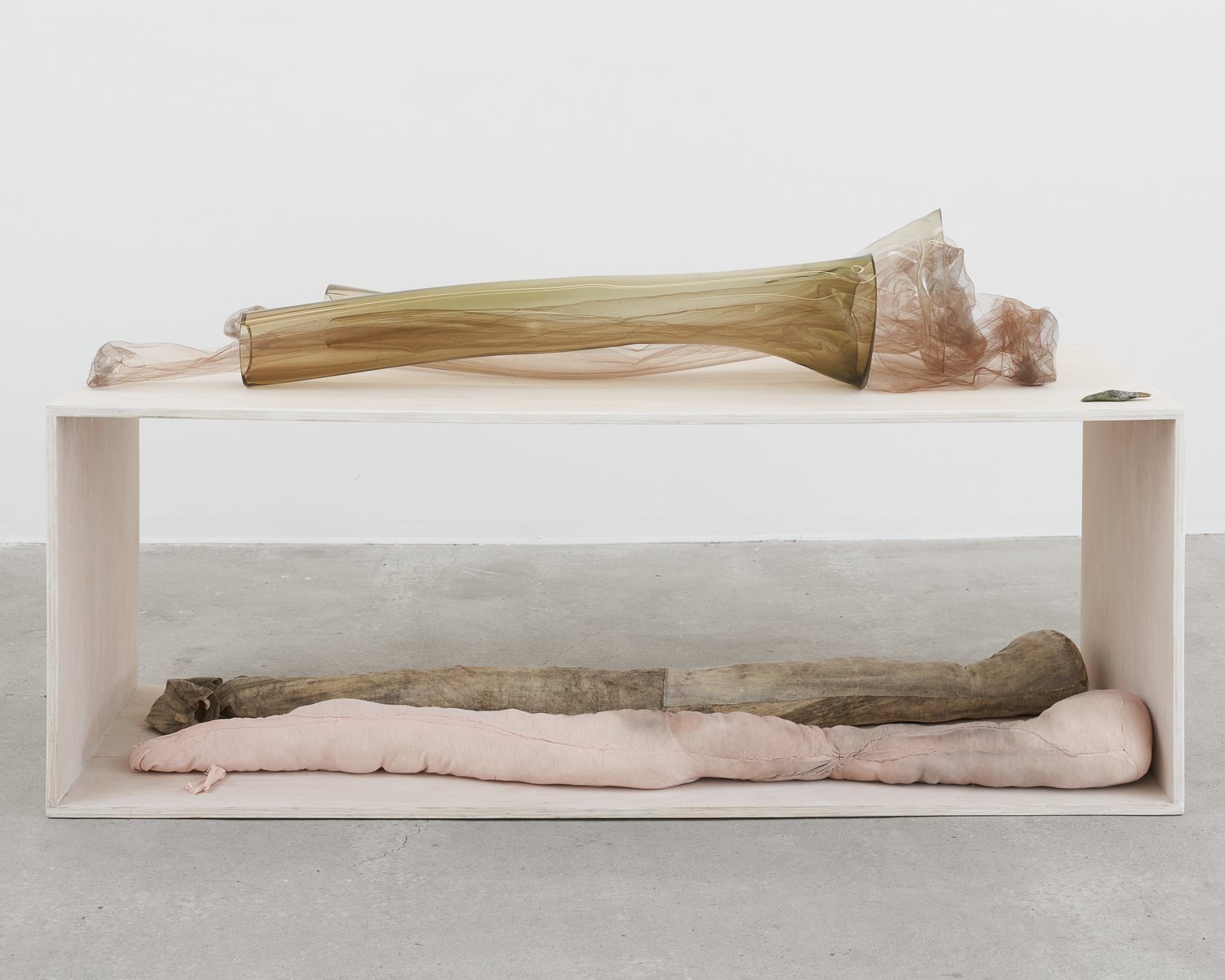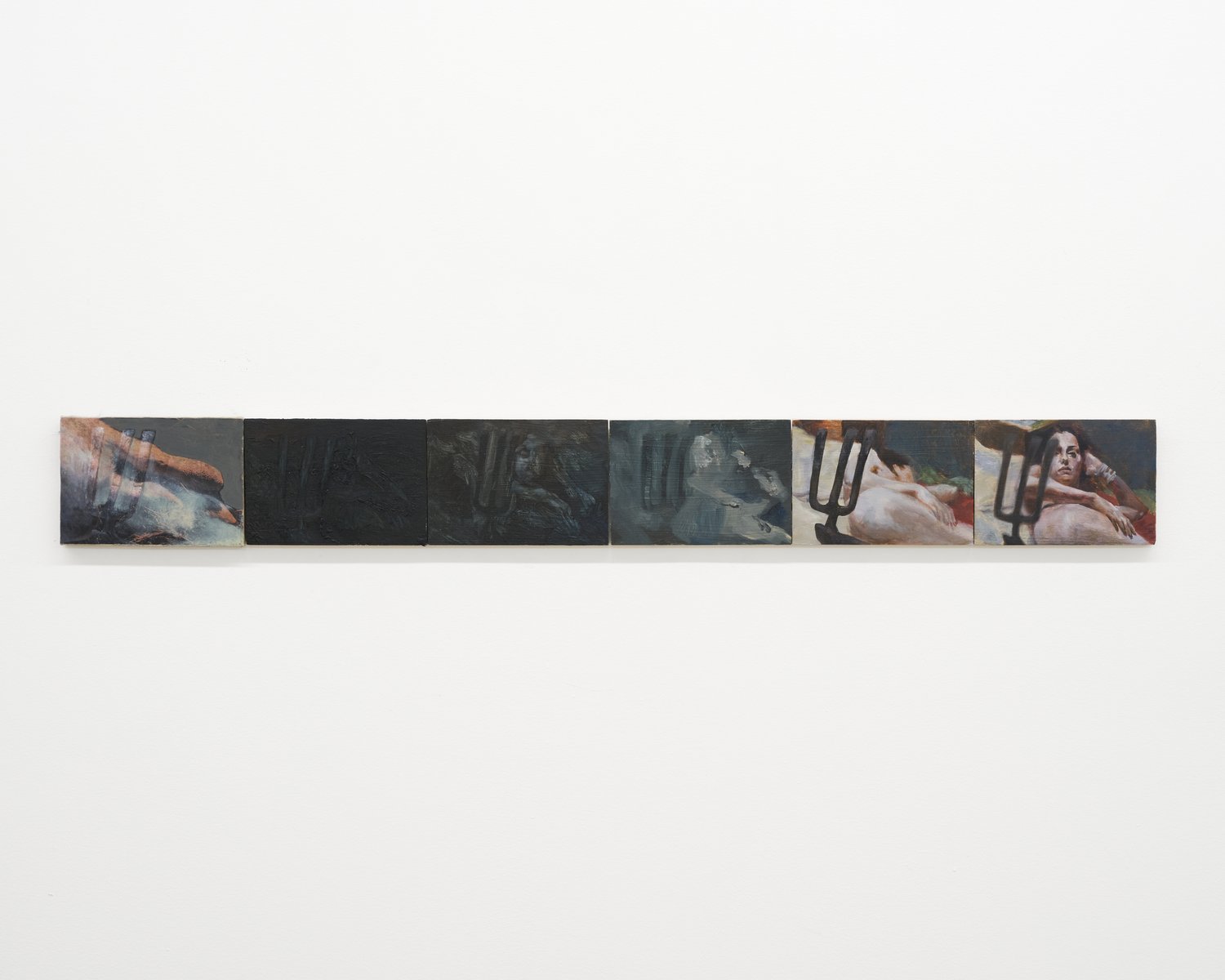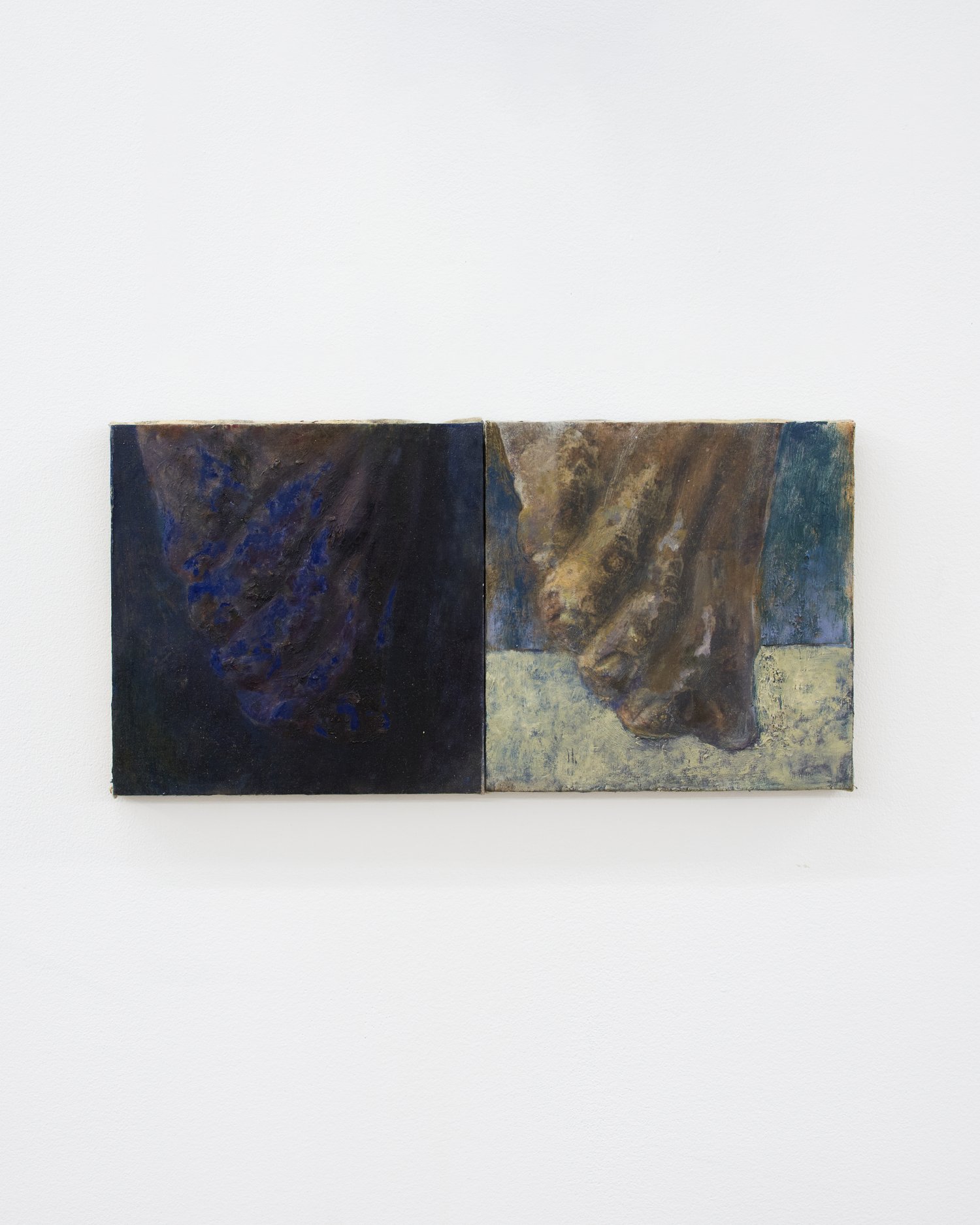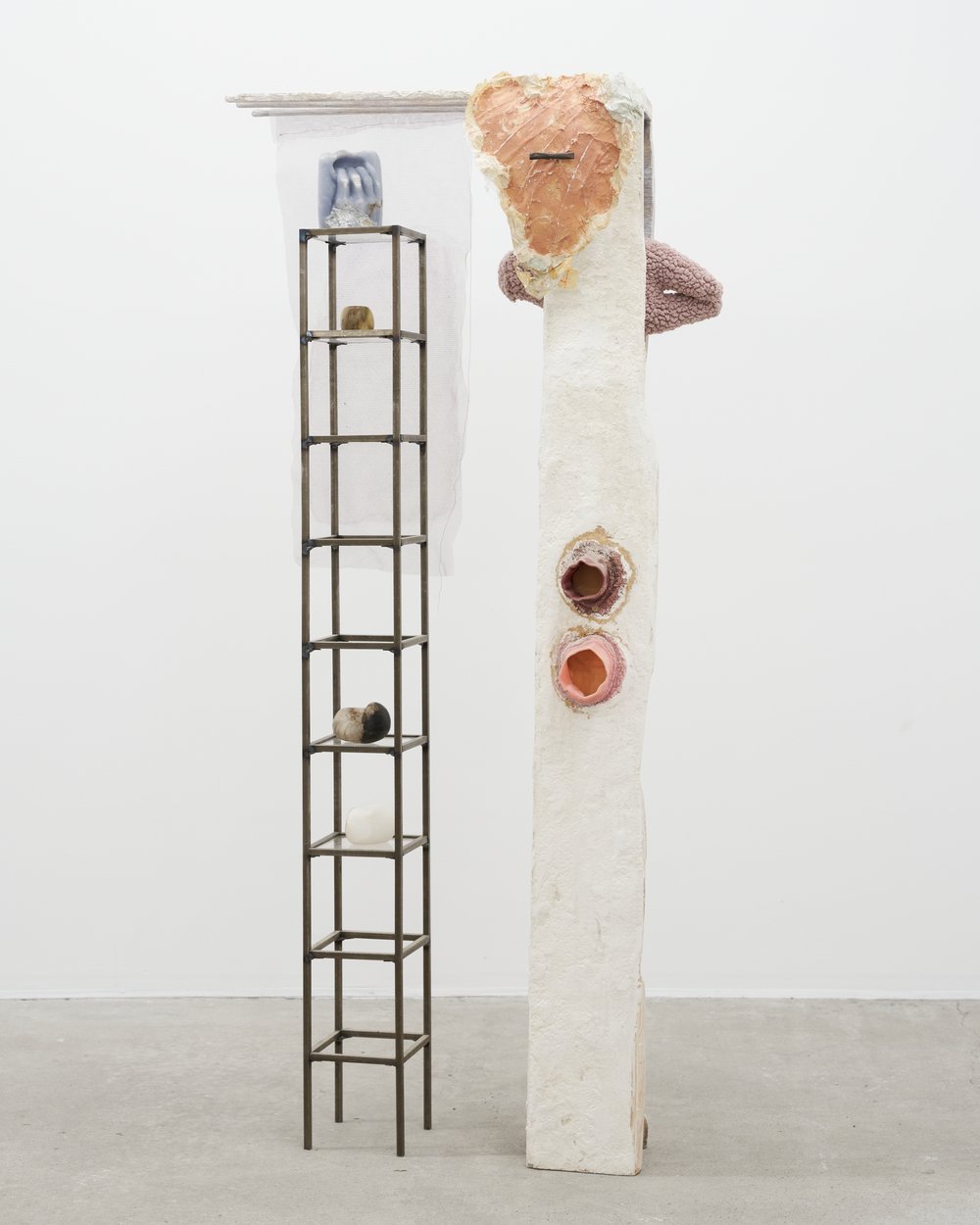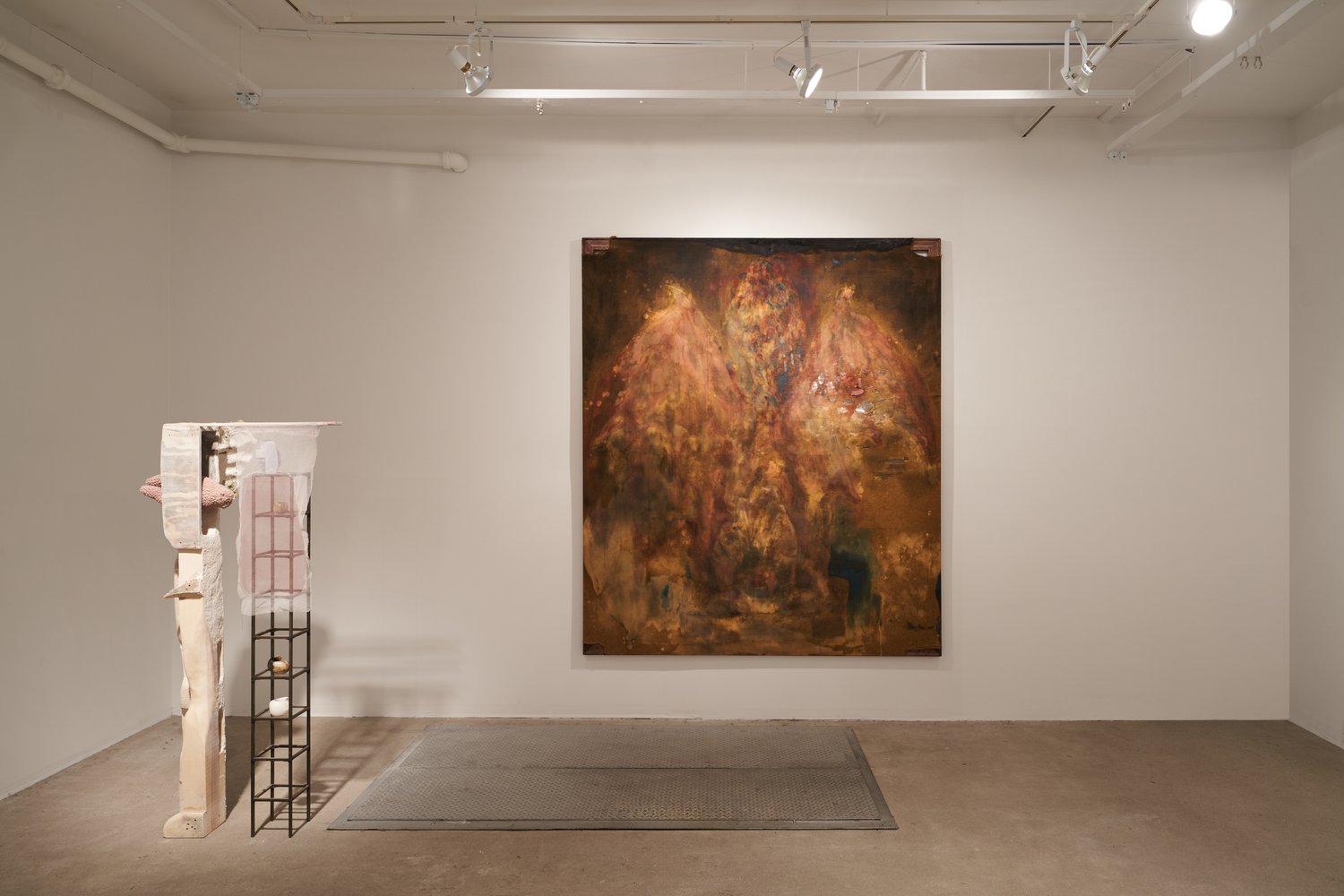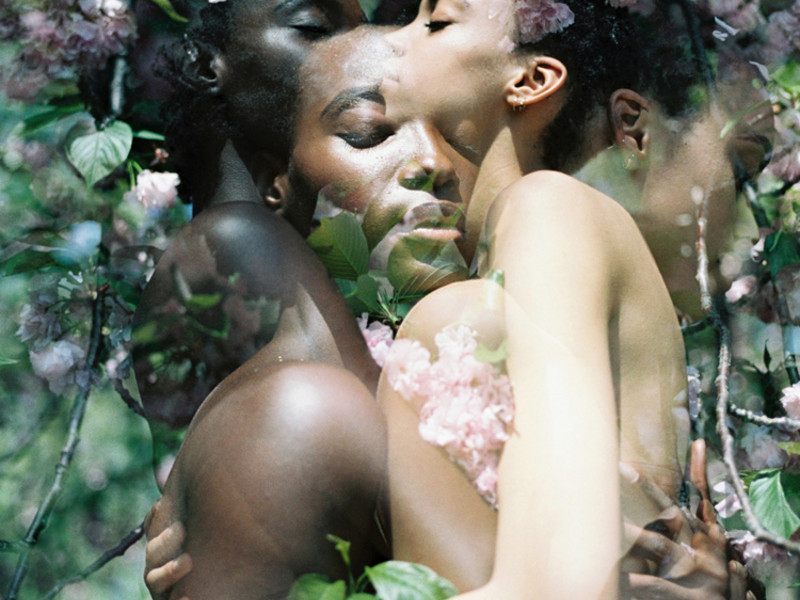Pop! Goes Yoji Kuri
In 1960, he began his legacy with the short films such as "Two Fishes" and "Stamp Fantasy." Then, he continued to create throughout the late 60s into the 70s, his work becoming more and more striking to the eye. Archival films can be hard to find, as our curation has changed over the last few decades. Not to sound like someone's middle-aged father, but there weren't streaming services bringing content to you every week or phones to screenrecord. The established world of today may be able to entrap anything posted and published, but many forms of media were lost due to their time. Some filmmakers only getting the chance to show their work once before it became an IMDb title and nothing else.
Besides his books, many of Kuri's films were not attainable. Yet, in the late 2000s, people began to post many of Kuri's films on YouTube, allowing his creations to live on, educating future animators and filmmakers on experimentation. Attached below are just a sample of films that Kuri has created in his time. Hold on, Alice, you're about to fall down the rabbit hole.
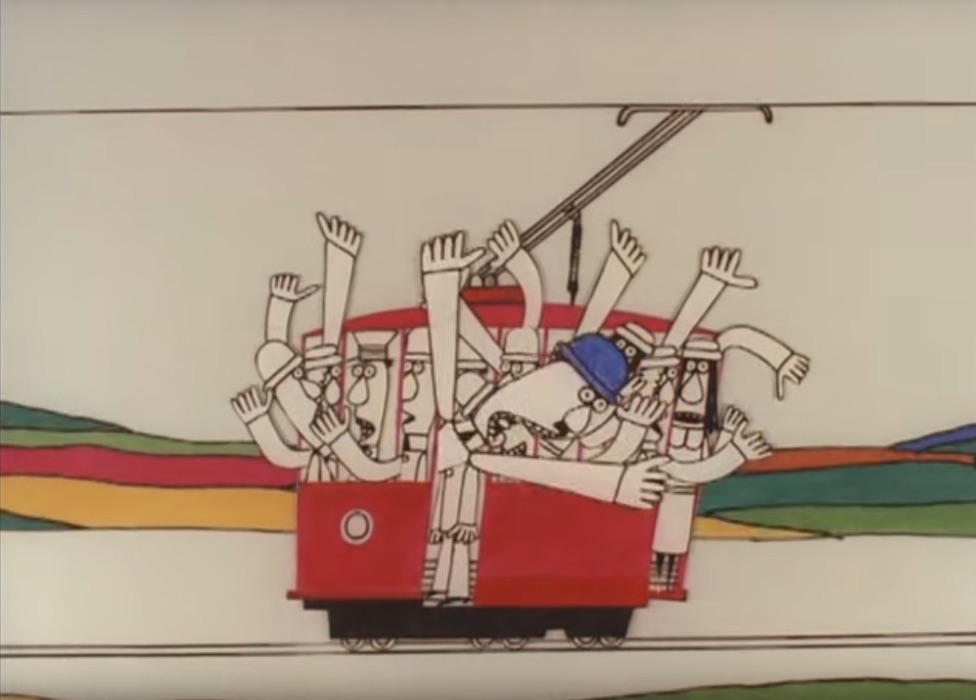
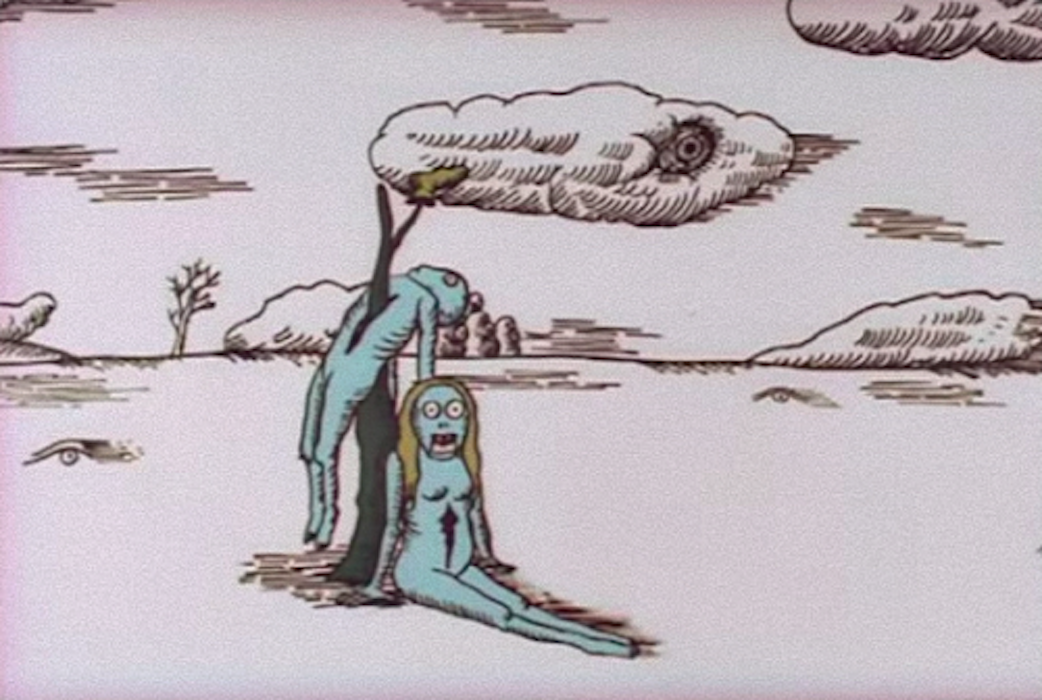
In 5, 4, 3, 2— we present to you, Yoji Kuri.
Aos, created by Kuri in 1964 is a 9 minute film exploring humanism through ideals of sexual perversion and discomfort, as other viewers questioned the ASMR-like sounds of a woman orgasming and large tongues. Some have liked it, finding this to be the film that sparked the ignition to watch other Kuri films. If you're one to be intrigued by black and white imagery and human anatomy, this is the definitely the conjunction for you.
Yoji Kuri's "Flower" created in 1967, is 49 seconds of wonder as you watch it over and over for better understanding. To take it in a deeper context, this film can be perceived as when we try to control things that become bigger than us. And in this case, can kill you by suffocation. The one thing we haven't figured out were the small child bees roaming at the last three seconds of the film. Hmm.
"Manga" created by Kuri in 1977, was definitely influenced by the awakening of color in the 70s. Overall, this film is the epitome of Opposite Day as each short film hones in on atypical consequences. Such as: a woman knits a sweater out of the sun and once worn— she dies, a couple of men are trying to kill a rat and without thinking, they sink their own boat. Watching a Kuri film means opening your mind to the x amount of possibilities.
Yoji Kuri's "Love of Kemeko" was created in 1968 and happened to be one of the few films of Kuri's with an actual explanation. This film is about a small woman named Kemeko who is stalking a man constantly because of her undeniable love for him. This film didn't sit too high for film ratings.
To inspire— or, whatever, maybe you want to confuse others. To evoke emotion out of someone requires the bravery to no longer walk on eggshells. And what Yoji Kuri has proven in his years of filmmaking, especially during such a censored time, is that art can't be art if everyone likes it. Kuri has created a plethora of films made for conversations and heated debates about thematics, and he emphasizes the heart of gold that's in experimentation.


